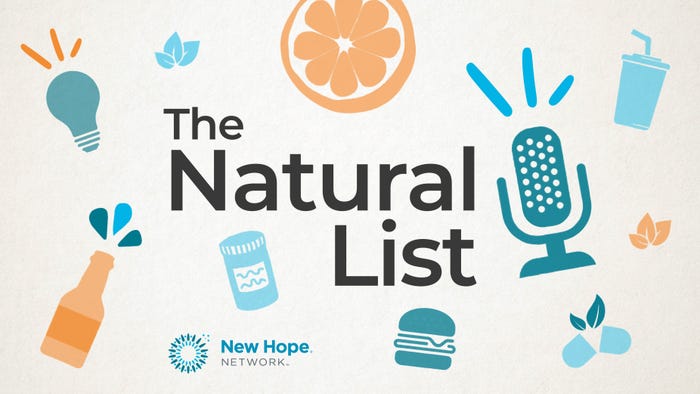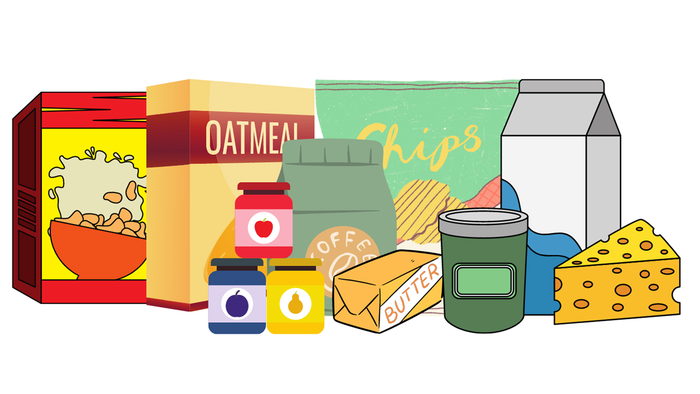
From special diet stamps that verify products are free from certain vilified ingredients (such as gluten, animal products or paleo no-nos) or seals that ensure ingredients come from farmers paid a fair price for their crops, verification labels improve consumer trust and offer transparency for what’s inside packaged foods.
It’s rare, however, that certification seals offer much information about product processing. Enter High Pressure Certified, a seal introduced in January by the Cold Pressure Council. It's designed to illuminate how rapidly growing categories such as juice, deli meats, sauces, dips and ready-to-eat meals are processed to extend shelf life, abolish harmful pathogens and retain nutrients. Here, Jeff Williams, chairman of the Cold Pressure Council, describes how the new High Pressure Certified program ushers in a new level of transparency in clean-label foods.
What was the catalyst for the Cold Pressure Council to launch a verified seal?
Jeff Williams: One of the drivers behind the Cold Pressure Council’s creation is to make sure companies use HPP technology properly. There are standards for proper HPP use within different food categories. For example, the HPP methods for juice are different from the guidelines for deli meat.
A lot of the companies and processors out there want to make sure there is an even playing field and that no one is taking shortcuts. To use the seal, companies have to be a member of the Cold Pressure Council and must pay an annual licensing fee. Brands then must be independently verified that they are meeting the guidelines. Essentially, the seal will become a validation that they are following the rules and using the technology properly.
How will the new seal increase food transparency for natural products shoppers?
JW: For a long time, HPP has been hidden from the consumer. Many brands don’t want to talk about their food being processed at all. We’re pretty excited about the High Pressure Certified seal starting to show up on packaging and products because it’s going to fuel consumer education and understanding. Everyone today wants a natural, clean product. They don’t want to just know its origin, but also how it’s made. We think HPP is a great part of this story to tell.
HPP foods are certainly on trend now. But will the processing method continue to gain steam in the future?
JW: I believe so. In 2017, the retail value of HPP products was about $12 billion worldwide. We’ve been seeing a pretty consistent 15 percent annual growth rate over the last f ive years. All of the leading market indicators show that this annual growth rate should continue in the foreseeable future, particularly during the next five to seven years. From that math, we expect the HPP market to double to over $24 billion at retail globally.
ive years. All of the leading market indicators show that this annual growth rate should continue in the foreseeable future, particularly during the next five to seven years. From that math, we expect the HPP market to double to over $24 billion at retail globally.
Do you hope the seal will motivate consumers to learn more about HPP?
JW: We certainly hope the High Pressure Certified seal will inspire curiosity about the best processing methods. But also, once the consumer is educated, we hope the seal brings value to foods and beverages. We want consumers to seek out products that contain the certification because they know it’s healthy, safe and clean label.
About the Author
You May Also Like
.png?width=700&auto=webp&quality=80&disable=upscale)




